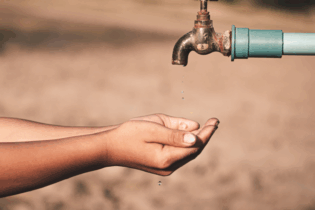Water infrastructure investments dips
Studies have also shown that there is an urgent need for more investment in Africa’s water infrastructure. Improved water infrastructure increases the quality of sanitation for the approximate 2,4 billion people worldwide that do not have access to it. A report by the World Health Organisation also shows that 663 million do not have access to improved water sources, the majority of which live in sub-Saharan Africa and Southeast Asia.Programs in Africa benefit from funds
Edwards notes that in Africa, US$118 million was spent on 16 programs. These include a water fund in Kenya focused on the Tana River Basin, a major water source for Nairobi. The rest of the funding was spent in South Africa.Governments encourage positive watershed health
Edwards discusses a new report, “Alliances for Green Infrastructure: State of Watershed Investment 2016”, that indicates that watershed investments grew by an average of 12% per year between 2013 and 2015, and that 2015 payments were used to either protect, rehabilitate, or create new habitat on an area of land nearly one and a half times the size of India.“Governments around the world paid farmers and other private landholders nearly $10 billion in 2015 to reward them for good stewardship of lands critical to watershed health,” report author Genevieve Bennett, senior associate at Forest Trends’ Ecosystem Marketplace, said.
Edwards notes that the majority of the funding — $23.7 billion — came in the form of direct subsidy payments from governments to landholders to encourage sustainable agriculture practices which are critical to water conservation. She adds that over $675 million was paid by water users, such as water utilities, cities and companies, acting to preserve water supplies in their area. The report also looks at “marketlike” mechanisms for watershed investment such as water quality trading and offsets programs which rose to their highest ever levels, from $20,8 million in transactions in 2013 to nearly $32 million in 2015. The report looked at 472 programs and gathered data from program administrators via biannual surveys, and through independent research. Source: devex








